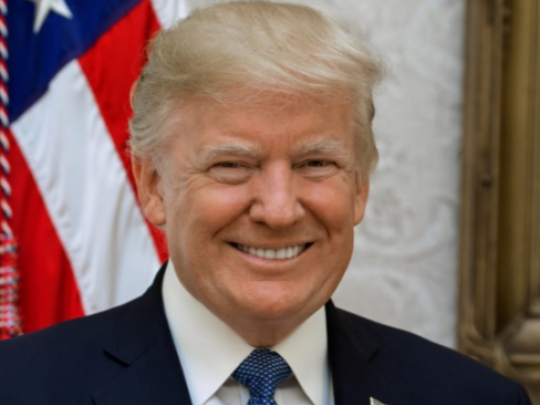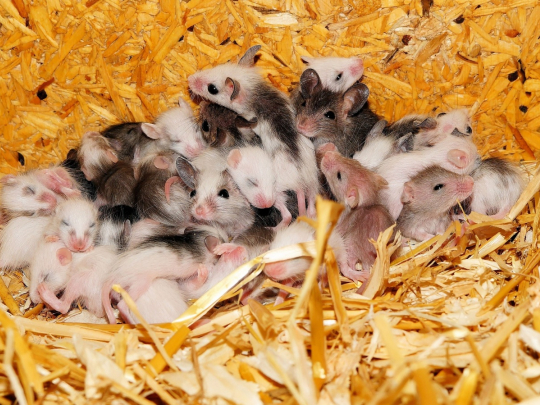University Of Minnesota Scientists Lied About Alzheimer’s Disease In Massive Fraud

University of Minnesota scientist responds to fraud allegations in Alzheimer’s research. While defending the findings, a U researcher stated that the possibility that a colleague doctored photographs is devastating.
A senior University of Minnesota researcher called it “devastating” that a colleague may have doctored photographs to bolster study, but she maintained the legitimacy of her landmark work on the beginnings of Alzheimer’s disease.
Dr. Karen Ashe declined to comment on a U probe into the validity of studies done by Sylvain Lesné, a neuroscientist she hired and a rising star in the realm of Alzheimer’s research. She did, however, dispute a story in Science magazine this week that expressed worries about Lesné, claiming that it was confusing and inflated the impact of the U’s work on downstream drug development to treat Alzheimer’s-related dementia.
“Having worked for decades to understand the cause of Alzheimer disease, so that better treatments can be found for patients, it is devastating to discover that a co-worker may have misled me and the scientific community through the doctoring of images,” Ashe said in an e-mail Friday morning. “It is, however, additionally distressing to find that a major scientific journal has flagrantly misrepresented the implications of my work.”
Questions have been raised concerning up to ten papers published by Lesné, which were frequently coauthored by Ashe as well as other U researchers, and whether they utilized edited or duplicated photos to exaggerate the involvement of a protein in the onset of Alzheimer’s.
The Science article recounted the attempts of Dr. Matthew Schrag, an Alzheimer’s researcher in Tennessee, who colorized and magnified photographs from Lesné’s research in manners that raised issues about whether they were doctored or copied. According to the paper, expert consultants concurred that some of the photos in the U research appeared to have been edited in ways that emphasized the role of a protein called Aβ*56.
Many of the photographs were Western blot tests that revealed that Aβ*56, also known as amyloid beta star 56, was more frequent in mice who were older and had shown signs of memory loss.
Over the last two decades, the U studies have had such tremendous impact on the trajectory of Alzheimer’s research that any proof of manipulation or fraudulent study results might radically modify thinking about the roots of the disease and dementia. The inquiry also implicates two successful researchers on a critical criterion for evaluation: their ability to secure federal grants.
From 2008 through 2012, Lesné was a named beneficiary of $774,000 in National Institutes of Health funding involving Aβ*56. He later won more than $7 million in further NIH grants relating to Alzheimer’s disease origins.
Lesné joined the U as a postdoctoral research associate in 2002 after receiving his doctorate from the University of Caen Normandy. By 2009, he was in control of his own U lab, and by 2020, he was appointed associate director of graduate studies in the neuroscience program. On all of the contested studies, he was the first- or last-named author, implying that he either initiated the research or was the top scientist managing the work.
Ashe stated that there are two classes of A proteins known as Abeta, and that her studies have focused on one while drugmakers have failed to target the other with prospective Alzheimer’s medicines. As a result, she said it was unreasonable for the Science article to blame an entire industry’s lack of advancement on the investigated U research, even while it raised worries about research irregularities.
“It is this latter form that drug developers have repeatedly but unsuccessfully targeted,” she said. “There have been no clinical trials targeting the type 1 form of Abeta, the form which my research has suggested is more relevant to dementia. [The article] has erroneously conflated the two forms of Abeta.”
The scientific publication Nature is examining a 2006 study led by Lesné on the presence and role of A*56 as well as advising consumers to utilize it with caution for the time being. Concerns arose in part because researchers at other institutions were unable to duplicate the findings.
Two more articles from 2012 and 2013 were revised early this year, with U researchers conceding erroneous images but claiming that they had little effect on the main conclusions. However, Schrag expressed concern that the rectified photographs were also modified.
“I think those corrected images are quite problematic,” he said.
Underlying the research dispute is a basic search and argument about the causes of Alzheimer’s and associated dementia. According to one idea, specific Abeta proteins cause the formation of amyloid plaques in the brain, which clog up space between nerve cells and impair memory and cognition. Another contribution is that tau proteins clump together and impair the brain’s thinking cells.
Both options have been investigated by Ashe’s study. She has received over $28 million in NIH grants since 1986, making her one of the most productive researchers in U history.
Complicated legacy
Despite a tremendous record of life-saving technologies and surgical achievements, the U also has a history of research stars becoming involved in controversies.
The late Dr. S. Charles Schulz withdrew as U psychiatry head in 2015 after a bereaved family claimed that their son, who died by suicide, was coercively recruited for a schizophrenia medication trial.
A 2002 Nature study led by Dr. Catherine Verfaillie that claimed certain adult stem cells showed flexible capacities to grow and generate different cell types was forced to be corrected due to duplicated photos and inaccuracies.
Dr. John Najarian, a pioneer in organ transplantation who raised the U’s global image, faced federal sanctions in the 1990s for illegal sales of an experimental anti-rejection medicine that enhanced transplant outcomes.
According to a statement from the medical school, a U investigation of Lesné’s works will follow the medical school’s standard policy for research misconduct claims.
- Source : GreatGameIndia


















